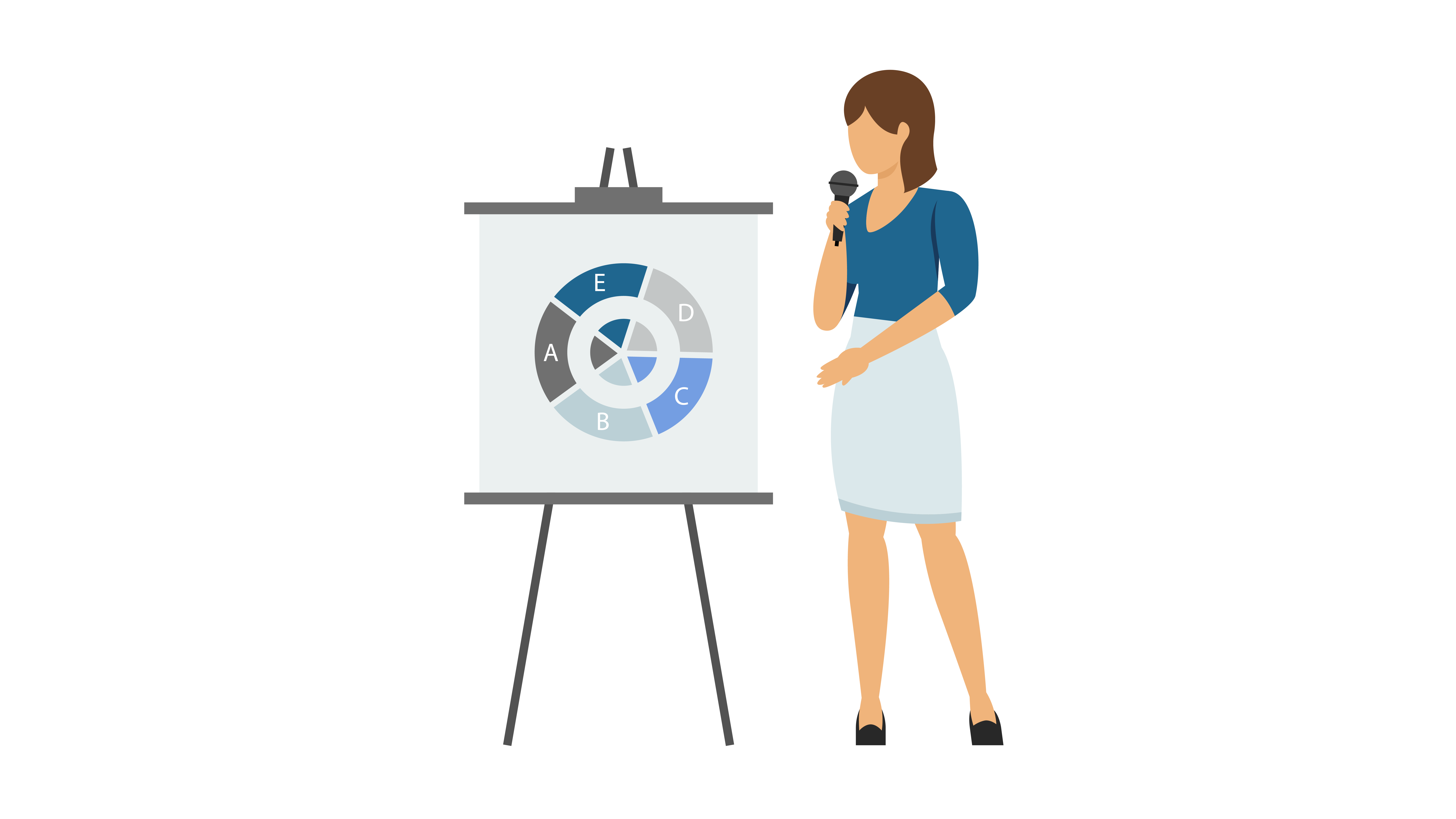All Categories
Featured
Modern businesses need central locations to store Customer Data Platforms (CDPs). This is an essential tool. These applications offer an accurate and comprehensive view of the customer, that can be utilized for targeted marketing and customized customer experience. CDPs provide a variety of functions, including data governance, data quality along with data formatting, data segmentation, and compliance for ensuring that customer data is stored, collected and used in a compliant and organized manner. CDPs are a great way for companies to collect and store customer data in a CDP helps companies interact with their customers and put them at the heart of their marketing efforts. It is also possible to draw data from different APIs. This article will discuss the benefits of CDPs for companies.
marketing cdp
Understanding the functions of CDPs. The Customer data platform (CDP) is software that lets companies collect, store and manage customer information from one central area. This provides a more complete and accurate view of the customer. It can be used for targeted marketing and personalised customer experience.
-
Data Governance Data Governance: One of the primary aspects of a CDP is its capability to classify, protect and manage information that is being added to. This involves profiling, division and cleaning of data that is incoming. This helps ensure that the company is in compliance with the regulations on data and policies.
-
Data Quality: It is important that CDPs ensure that data collected is high-quality. That means data needs to be entered correctly and meet the standards of quality desired. This helps to minimize additional expenses associated with cleaning, transformation and storage.
-
Data Formatting The use of a CDP is also utilized to ensure that data follows an established format. This permits data types such as dates to be identified across customer information and helps ensure an accurate and consistent entry of data. customer data platforms
-
Data Segmentation Data Segmentation CDP can also facilitate the segmentation of customer data to gain a better understanding of different groups of customers. This allows you to test different groups against one another and get the most appropriate sample distribution.
-
Compliance The CDP permits organizations to manage customer information in a regulated way. It allows the creation of security policies, classification of data based on those policies, and even the detection of violations of policies when making decisions regarding marketing.
-
Platform Selection: There are different kinds of CDPs to choose from, so it is important to understand your use case in order to select the best platform. Be aware of features like privacy and the ability to extract data from other APIs. customer data platfrom
-
The Customer at the Center: A CDP lets you integrate real-time customer data. This allows for immediate accuracy as well as the precision and consistency that every marketing department needs to increase efficiency and connect with customers.
-
Chat, Billing , and more: A CDP helps to find the context for great discussions, regardless of whether you're looking at billing or chats from the past.
-
CMOs and CMOs and Data CMOs and Big Data CMO Council, 61 percent of CMOs believe that they are under-leveraging big data. The 360-degree view of the customer that is provided by a CDP is a fantastic solution to this issue and enable better marketing and customer interaction.
With many various kinds of marketing innovation out there every one normally with its own three-letter acronym you might question where CDPs come from. Despite the fact that CDPs are amongst today's most popular marketing tools, they're not a completely originality. Instead, they're the most recent step in the advancement of how marketers manage client information and client relationships (What is Cdp in Marketing).

For many online marketers, the single most significant value of a CDP is its capability to segment audiences. With the capabilities of a CDP, marketers can see how a single client communicates with their company's various brand names, and recognize chances for increased customization and cross-selling. Obviously, there's much more to a CDP than segmentation.
Beyond audience segmentation, there are three huge reasons why your company might want a CDP: suppression, customization, and insights. One of the most intriguing things marketers can do with data is identify clients to not target. This is called suppression, and it's part of providing really individualized client journeys (Customer Data Platform Definition). When a customer's merged profile in your CDP includes their marketing and purchase information, you can reduce advertisements to customers who have actually currently made a purchase.

With a view of every client's marketing interactions connected to ecommerce data, website gos to, and more, everyone throughout marketing, sales, service, and all your other teams has the chance to understand more about each customer and deliver more individualized, pertinent engagement. CDPs can help marketers deal with the source of much of their greatest daily marketing problems (Cdp Define).
When your information is detached, it's more challenging to comprehend your consumers and develop significant connections with them. As the number of data sources utilized by online marketers continues to increase, it's more crucial than ever to have a CDP as a single source of truth to bring everything together.
An engagement CDP uses client information to power real-time customization and engagement for clients on digital platforms, such as websites and mobile apps. Insights CDPs and engagement CDPs make up most of the CDP market today. Really couple of CDPs consist of both of these functions similarly. To select a CDP, your business's stakeholders should think about whether an insights CDP or an engagement CDP would be best for your requirements, and research study the few CDP options that include both. Customer Data Platform Definition.
Redpoint GlobalLatest Posts
The Benefits of Real-time Data Collection with a CDP
Ensuring Data Quality with a CDP
CDPs and the Role of Data Governance in Reducing Risk